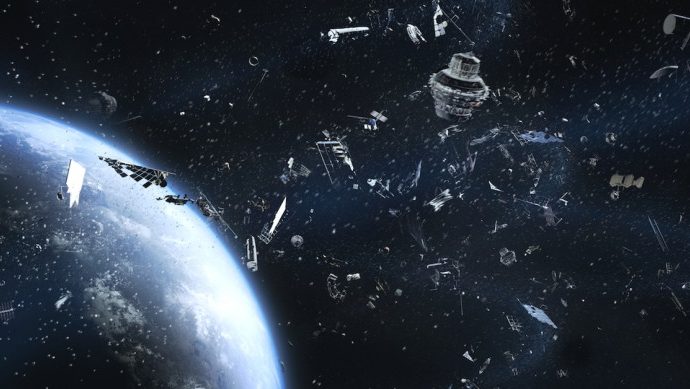Astronomers from the Basingstoke Astronomical Society are using commercially available telescopes to help the Ministry of Defence.
Source: Interesting Engineering
The space surrounding Earth is extremely clustered. There are over 22,000 artificial satellites in orbit, meaning the keeping track of them in increasingly difficult.
It is also increasingly important — it helps prevent unexpected collisions with spacecraft or between satellites.
Amateur astronomers from the Basingstoke Astronomical Society, it has been announced, are now helping the UK’s Ministry of Defence track objects in space with high-end equipment that is available to the public.
A surprising collaboration
The surprising collaboration was announced in a press release on Wednesday and Grant Privett, from the Defence Science and Technology Laboratory (DSTL), will provide further details on Thursday 4th July at the Royal Astronomical Society’s National Astronomy Meeting in Lancaster.
The collaboration started with Basingstoke Astronomy Society (BAS) hearing about the DSTL Space Programme and deciding they wanted to help out.
They went to DSTL who gave them a proposal: find out whether a relatively low-cost distributed network of cameras could be an effective contributor to the UK’s space situational awareness effort.
The amateur astronomers didn’t even need access to state-of-the-art government-commissioned equipment. They used commercially available telescopes, tripod-mounted DSLR cameras, and low-light cameras.
They took images of satellites such as Cryosat, the ISS, and Remove Debris. They sent the images, with accurate timestamps, to DSTL, who were able to process the data and compare recorded orbit predictions with the new data.

Commercially available products
DSTL was pleased to find out that the amateur astronomers, with their commercially available equipment, were able to provide reasonably accurate findings.
“The accuracy of the exposure timing is absolutely critical, and requires some attention to detail,” Privett explained. “The BAS astronomers were very good and clearly highly talented, so together we formed a good team.”
“We found there are no obvious impediments to using commercially available kits to provide a small component of a more capable and diverse system for monitoring space, where satellites of importance to UK communications, economy, and defense operate.”
The successful use, by the Basingstoke Astronomical Society, of relatively low-cost equipment means that DSTL can provide the best possible advice to the UK Government on how to approach space situational awareness operations in the future.
Full technical results from the operation will be published later this year.

































Leave a Comment
You must be logged in to post a comment.